If music is the universal language, then photography is the language of your inner self. It’s the constant art of observation that comes with discipline, patience, criteria, and openness. There comes a point in time when one must look back at the past and observe what can be learned in order to improve the future. This happens in almost every aspect of the human life, and it very much happens with photography. A single camera is capable of doing this. Of inspiring and reinvigorating three professional photographers who may come from different backgrounds or speak different languages, but are united by the language of photography, in a journey that takes them to a city with a unique camera, bringing the past to the present, reimagining the future and exploring their inner selves. Here, we unravel the new Leica M-D through the eyes of Nicholas La, Rui Palha, and Daniel Arnold. Below is the touching and compelling story of how these photographers explore Porto and find a new perspective for photography with the Leica M-D.
Nicholas La
Nicholas La grew up in Oakland, California at a time when there was a lot of gang violence and difficult situations for adolescents and teens. He talks about traveling almost as a therapy which really helped him to open up his perspective and has helped him grow in many aspects.
“There’s no display or screen. It’s very similar to the film cameras Leica has created. When shooting, you get used to looking immediately to the display for the digital feedback of the picture taken. But with the Leica M-D, it’s not there anymore.” Nick mentions it’s a visceral experience. The point-and-shoot tradition that began with the advent of digital cameras can be set aside with this camera. As explained by the photographers, the equipment itself offers a more lively experience, where every shot has to be well-thought and taken with the utmost responsibility.
He continues, “it gives you that same thrill. This camera can appeal to several enthusiasts due to its specific abilities of allowing the photographer to fully concentrate on the image as well as the craft of photography.” As explained by these photographers, the Leica M-D can really help a photographer grow in his or her craft, while maintaining the genuine interest in photography as a whole.
To learn more about Nikk’s work visit his Instagram.
Daniel Arnold
Born in Milwaukee, Wisconsin, New York-based Daniel Arnold mentions his profession took off in a big way when moving to New York in 2003 with the visual overload and the rhythm of the city. “My shooting style is mostly shooting from a low angle, trying to be less invasive, even though I use a flash.” This particular style falls neatly with the design of the Leica M-D.
“Switching to a digital camera is always a challenge when coming from a full fledged film background. Expectations were exceeded with the Leica M-D,” and as Daniel mentions, “it’s been super inspiring and kind of re-invigorating.” The experience of using other digital cameras, which more than often have multiple features as well as menus, buttons, and dials, can be about fiddling with the camera, turning photography into an experience solely about the camera. “With the Leica M-D, you can be the explorer. You don’t have anything to fiddle with, you have the opportunity to value what’s in front of you instead of what’s in your hands, and that truly bridges the gap between film and digital photography.”
To learn more about Daniel’s work visit his Instagram.
Rui Palha
Acclaimed international photographer Rui Palha talks about his experience when shooting with this camera and how it relates to “the good old times.” Palha continues, “This camera can definitely help out the up and coming photographers, who may not have the full technical knowledge of photography since this camera has a centered light measurement system, and photographers will have to understand and learn about light. I’m enjoying the use of this camera, reminding myself of the good old days with traditional cameras. It’s lighter than the Leica M (Typ 240). You don’t have any menus or dials. You have everything you need right in this piece of equipment.”
Some people that may not know how to use a camera (with a granular level of detail and technical sensitivity for natural light and composition), those who are used to using automatic settings, might be disappointed at first, but after more practice, “they will really enjoy this experience.” With the Leica M-D, photographers will become more aware of multiple other aspects and their surroundings, taking into consideration the light, framing, focus, all while focusing on the subject, time, etc. “It’s a great opportunity to get in touch with who you are as a photographer and how you envision yourself in this art.”
Visit Rui’s Facebook and Instagram to see more of his photos.
To know more about the Leica M-D, please visit this site.
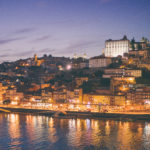
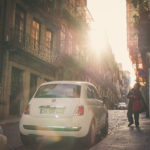
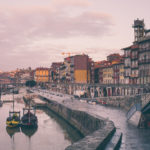
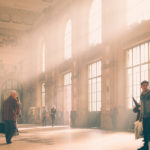
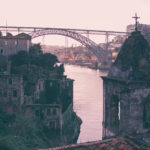
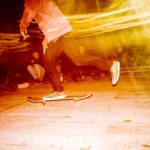
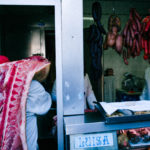

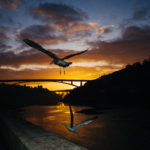

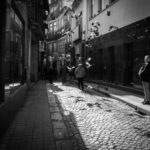

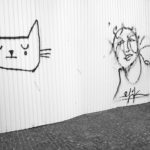

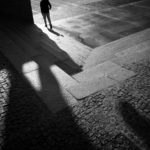
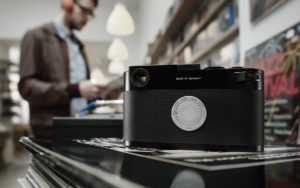
Comments (30)